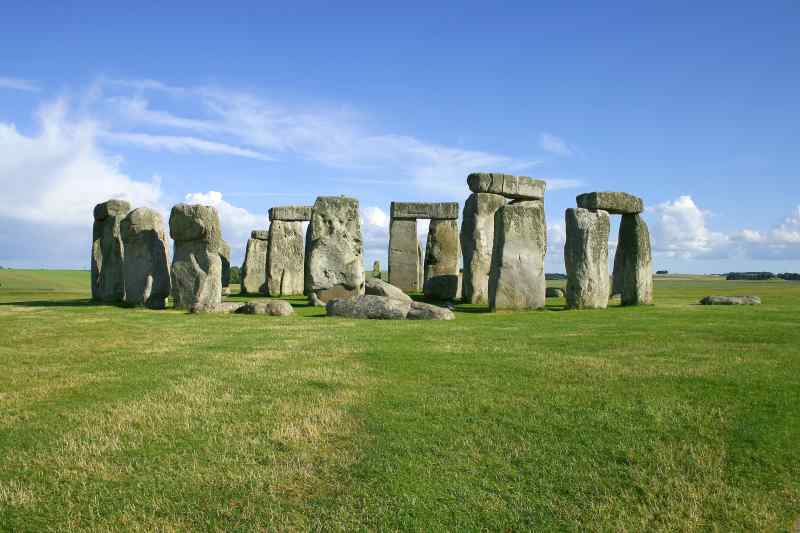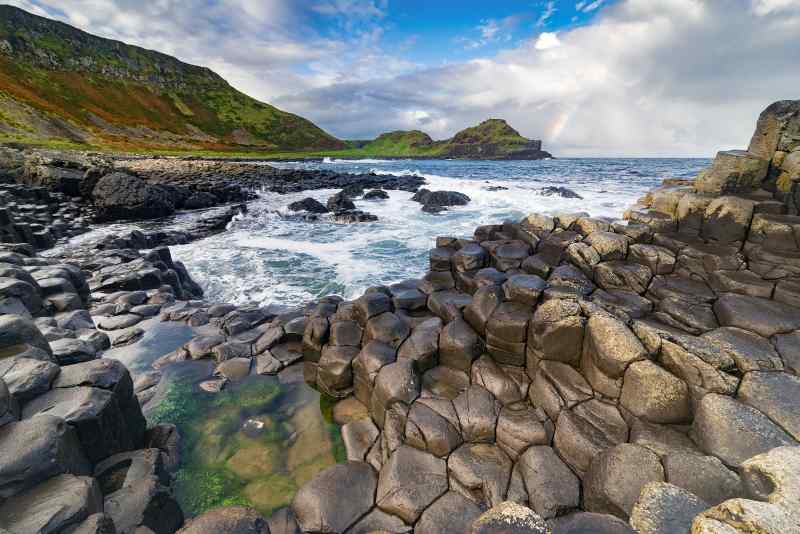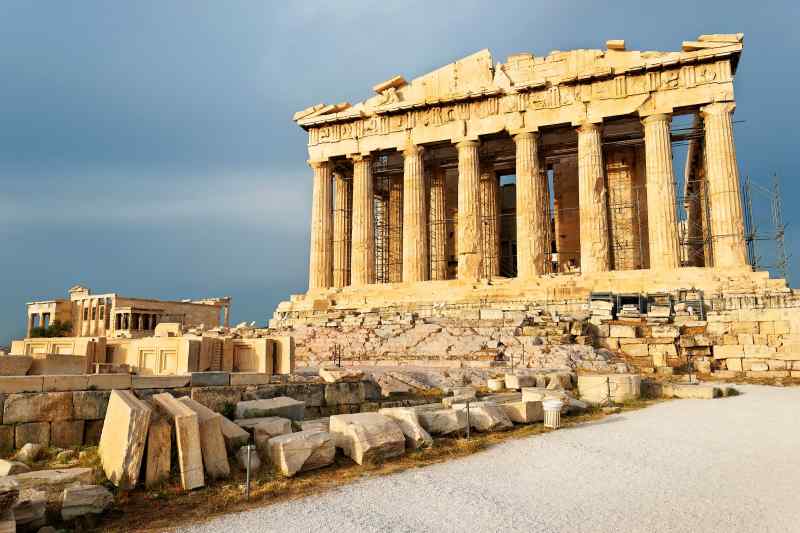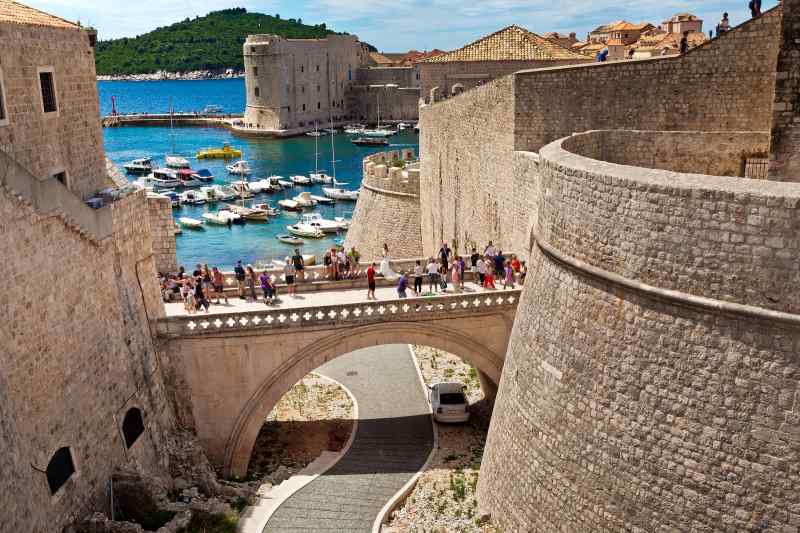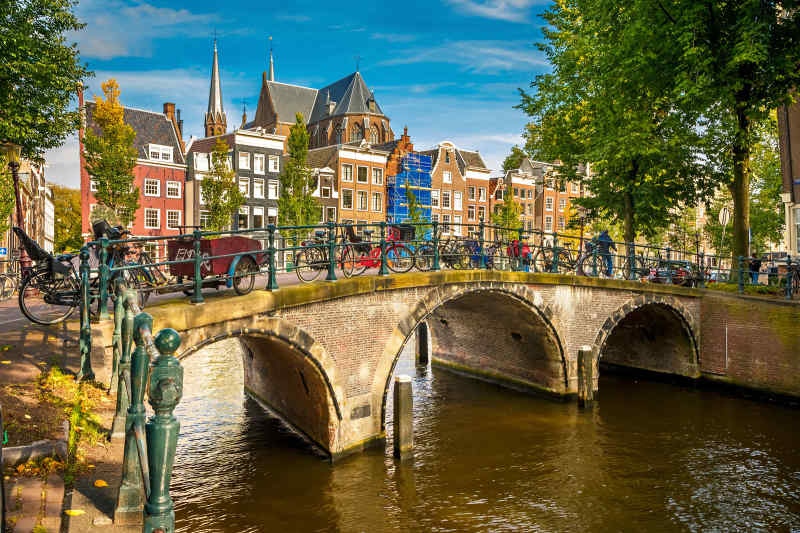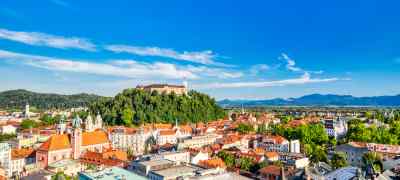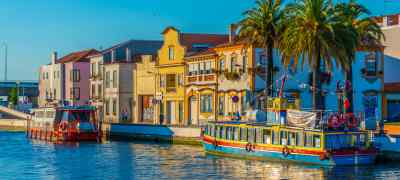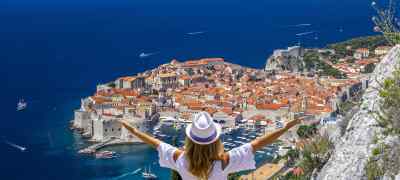By Kenya Barrett
Europe is a beautiful continent, rich with heritage and history. As such, you can imagine that there are spectacular landmarks located in each country that draw millions of visitors yearly.
If you’re interested in taking a trip to Europe, read about the top European UNESCO World Heritage Sites worth exploring!
The Roman Colosseum - Italy
The Roman Colosseum is one of the oldest and most prolific landmarks in the world. Still standing as a testament to the architectural advancement of humans between 70 and 72 C.E., the Roman Colosseum serves as the largest amphitheater of all time even though much of it is in ruins. Construction for this massive amphitheater began under the rule of Emperor Vespasian and was completed in AD 80 during the reign of his heir and successor, Emperor Titus.
The Colosseum was initially constructed to be utilized as a location for gladiatorial contests, animal hunts, reenactments of battles, the performing arts, and even executions. During its final years, the structure mainly served as a refuge for displaced workers, religious groups, and other individuals in need of housing. Today, visitors can explore what is left of the Colosseum after its latest restoration attempt, which was completed in 2016.
Stonehenge - England
One of the most mysterious yet intriguing landmarks in Europe has to be Stonehenge. Located in Wiltshire, England, this fascinating landmark’s origins date back to 3100 BC when the construction began. Although it has been legally protected by the British government since 1882, Stonehenge was officially listed as a UNESCO World Heritage Site in 1986.
It consists of several standing stones in a circular formation that weigh around 25 tons each and is topped by connecting horizontal stones. While archeologists suggest that the protected ruin could have served as a burial site, others believe that it was used as an astronomical observatory.
Giant’s Causeway - Northern Ireland
Giant’s Causeway in County Antrim, Northern Ireland has been recognized as a World Heritage Site since 1986. The natural wonder is a result of 40,000 interlocking basalt columns that collided due to a volcanic fissure eruption. The columns resemble stepping stones and feature a distinct hexagonal shape that derives from cooled volcanic material.
Perhaps the most fascinating part of the Giant’s Causeway is the folklore behind it. For centuries, legends claimed that the remains were created by popular mythological Gaelic giant, Finn MacCool, who wanted to provide a pathway for a battle between him and his challenger, a Scottish giant named Benandonner.
Acropolis of Athens - Greece
Greece is home to some of the most popular and historically significant UNESCO World Heritage Sites in Europe – with one being the Acropolis of Athens. This ancient citadel sits atop the Hill of the Muses and overlooks the country’s capital city, hence the name “Acropolis” which translates to “highest point.” The Acropolis is actually a collection of monuments and temples that were constructed by Greek artists following their establishment of a democracy after defeating the Persian empire.
Major construction began for the complex during the 13th century and has since survived 25 centuries through a combination of natural disasters, war, explosions, and other unplanned alterations. Since 1987, the Acropolis of Athens has been recognized as a UNESCO World Heritage Site due to its captivating displays of Greek culture, religion, and myths.
The Historic Center of Prague - Czech Republic
Of all the cities in Europe, Prague may have the richest history and architecture that you can visibly experience. As such, the historic center of the city was officially recognized as a UNESCO World Heritage Site in 1992. Created between the 1200s and 1900s, the Historic Center of Prague catalyzed Medieval urbanism which influenced other developing cities during the Middle Ages.
Visitors can enjoy the baroque architecture that is displayed in everything from churches and palaces to homes. Prague is home to many significant monuments and buildings including the Hradcany Castle, St. Vitus Cathedral, and Charles Bridge – all of which were built under the rule of Roman Emperor Charles IV during the 1500s.
Palace of Versailles - France
You simply cannot visit France without spending time in Versailles, home to the iconic Palace of Versailles. Recognized as a UNESCO World Heritage Site since 1979, the landmark once served as a royal residence for King Louis XIV and his family during the 1700s.
The Palace features over 2,000 rooms that are split between the grand apartments of the kings and queens, bedrooms for the royal children, the chapel, the opera, the “Hall of Mirrors”, the “Hall of Battles”, and several salons. Spanning nearly 2,014 acres, visitors must prepare to spend many hours exploring the Palace from start to finish.
Old City of Dubrovnik - Croatia
Known as the 'Pearl of the Adriatic' and located along the Dalmatian coast, Dubrovnik rose to prominence as a significant Mediterranean trading port during the 13th century. Despite facing substantial destruction from a devastating earthquake in 1667, Dubrovnik was able to preserve many of its important structures including various Baroque churches, monasteries, palaces, and fountains.
In the 1990s, the city suffered further damage due to armed conflict, prompting UNESCO to spearhead a restoration program aimed at restoring this cultural gem. One of the most intriguing aspects of this ancient city is the walls that surround it. Built to defend the city from invaders, the walls still stand today at 82 feet tall and stretch more than a mile long!
Monastery of Alcobaca - Portugal
Established in 1153 by the inaugural Portuguese king, Afonso Henriques, the monastery developed a deep connection with the Portuguese monarchy over its seven-century history. This relationship led the monastery to become Portugal's wealthiest and most influential by 1300, boasting nearly 1,000 monks that worked in various forms of business. The monastery ceased operations in 1834 during the dissolution of monasteries in Portugal.
Renowned as the first Gothic structure in Portugal, the church and monastery, alongside the slightly older Augustinian Monastery of Santa Cruz in Coimbra, held paramount significance in medieval Portugal. Recognized for its artistic, cultural, and historical importance, the monastery earned a place on UNESCO's World Heritage Site list in 1989.
Palau de la Música Catalana - Spain
For lovers of music, the Palau de la Musica Catalana is one of the best UNESCO World Heritage Sites in Barcelona to visit. Built between 1905 and 1908 for the Orteo Catala Choral Society, the concert hall boasts several impressive architectural feats including its steel frame, glass facades, and beautiful use of natural sunlight.
Developed by the Catalan architect Lluis Domenech i Montaner, the Palau de la Musica is the finest display of the Catalan Modernista style that was developed at the beginning of the 20th century. Today, visitors can purchase tickets to enjoy various musical events including orchestras, piano sonatas, and new-age composers.
The Amsterdam Canals - Netherlands
The Amsterdam Canals in the Netherlands stand out as one of the best UNESCO World Heritage Sites in Europe, attracting millions of visitors every year even though it was only inducted in 2010. These historic waterways date back to the 17th century and are a marvel of engineering. Their remarkable layout spans over 100 kilometers, weaving through the city and forming a picturesque network of serene canals, charming bridges, and magnificent architecture.
Exploring the Amsterdam Canals offers a unique perspective on the city's rich cultural heritage. Along the canal banks, visitors will find stunning canal houses and warehouses that tell stories of Amsterdam's prosperous past. The canals are also home to numerous houseboats and quaint cafes, adding to the lively and vibrant atmosphere.


